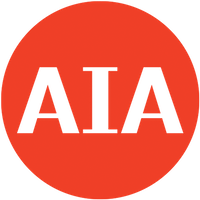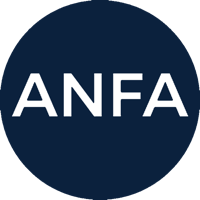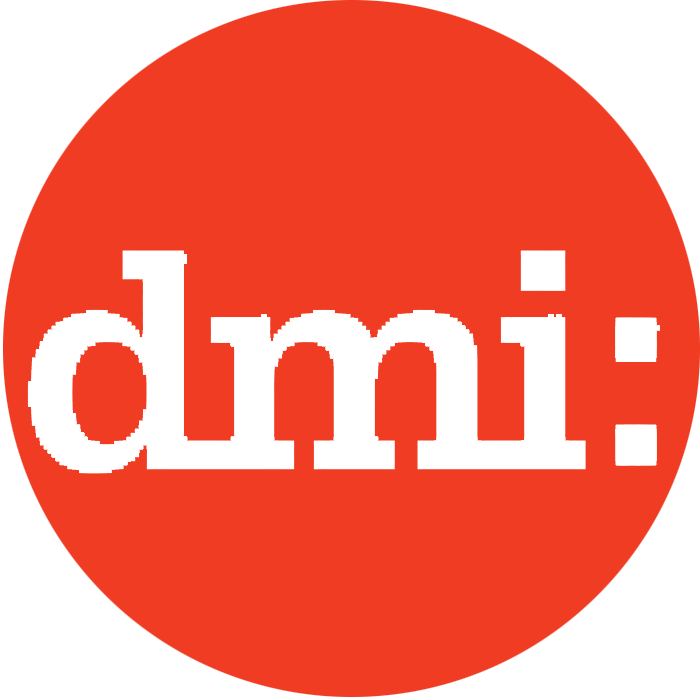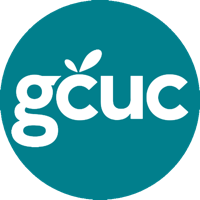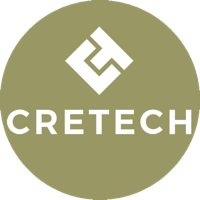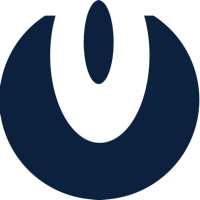Need a back-to-office reset?
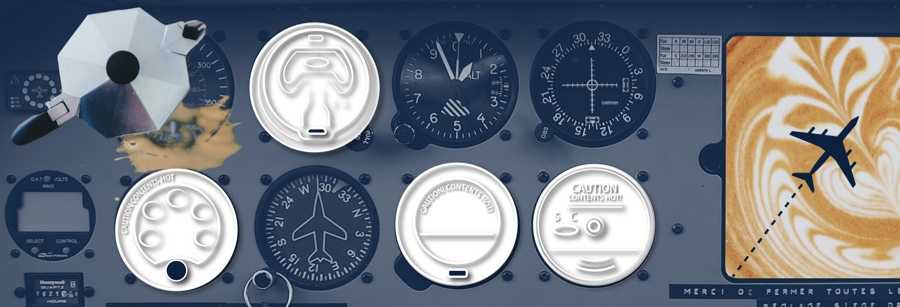
How to start fresh, when you're carrying last season's baggage
Welcome to a fresh start in an uncertain time.
Whether you’re a student or long past your school days, there’s a crisp energy about September. It’s similar to the energy of a new calendar year—a collective and personal clean slate, a jolt that gets you out of a rut. There’s even an official name for it—temporal landmark. And temporal landmarks (also called “the fresh start effect”) are scientifically proven to motivate us to soar towards our goals.
But “back to school” has a different connotation this year. How do you muster up the usual zeal, when you’re mentally and physically depleted? We have some suggestions; so scroll on down to "On our minds."
On our minds
Most years, we begin the summer excited about long days and spending time outdoors, about vacationing and staycationing. We stay up late and sleep in. We embrace the luxury of boredom. But by August, the lack of routine feels chaotic, and we’re rested and ready for a return to productivity. We welcome September in all its aspirational glory.
Except that last September, the chaos didn’t end. It accelerated, as parents juggled daily life with supervising kids in virtual classrooms, and we all struggled to get anything done from our makeshift home offices. The lack of work/home boundaries have left many of us unable to disconnect at the end of the workday. It’s led some of us to work odd hours, cutting into sleep and downtime.
This September, the fresh start doesn’t feel quite as, well, refreshing. We’ve had an all-too-brief reprieve from lockdown. Many of us have just come back to the office. Many of our children are newly back in an IRL classroom. But we’re not re-energized. We’re anxious. We’re burnt out.
We’re looking for a manual “reset” to ease us back into normalcy, because our cycle of temporal landmarks has been disrupted. So, what tools can a workplace offer to relieve some of the pandemic fatigue and help employees adjust?
For some, the reset probably looks like the office coffee station.Maybe this workplace lounge, a spot of easy-camaraderie, is what some of us missed the most about our former routine. Chance meetings at the coffee station foster casual conversation and workplace bonding, plus coffee boosts mood, sociability and productivity.
But for the coffee station to be more than a means to an end—that end being a shot of quick energy—it has to be a place we want to linger, stocked with snacks we actually enjoy. Not every office can afford an in-house barista, but there are multiple things you can do to make your coffee station inviting. A lounge area with plush furniture encourages gathering, rather than returning to your desk with a mug. Outdoor lounge space is especially enticing, if it’s feasible. Low-tech distractions, like an Etch-a-Sketch, a Rubik’s Cube or other puzzles, offer our brains opportunities to recharge, something they’re not able to do as well if we stay on-line during breaks.
Don’t be the office where the coffee station is a self-serve pot on a table beside the bathroom, and a creative employee sends around a morning email detailing the day’s inconsistent brew. (On more than one occasion, “bongwater” was a key descriptor.)
Of course, coffee’s not the only legal stimulant making the office rounds. Silicon Valley professionals have elevated stacking nootropics into a somewhat controversial art form.
There’s an edgier trend too, that's being touted as a mental health and productivity hack—microdosing on psilocybin (magic mushrooms) or LSD.
Psychedelics increase neural communication, so it seems logical that they would improve brain function. At least one study suggests that psychedelics enhance performance, although another indicates that microdosing’s biggest value may be its placebo effect.
Just make sure your Board is on-board, and that you’re clear about what constitutes a microdose. At least one CEO has been fired for dosing at work. Possibly there were other factors at play in Justin Zhu’s dismissal from Iterable, the $2 billion company he founded, but attempting to give an investor presentation while numbers bounce around on-screen is never a great idea.
For those who would rather reset without chemicals, there’s the tried and true (and for some of us, truly difficult) act of meditating. Frequent meditators are better at not procrastinating and dealing with anxiety and stress.
Want to super-size that reset? Some people are even combining microdosing with meditating.
Sustainability is key, when it comes to replenishing energy. So while a coffee as tall as your forearm or an Adderall skimmed from your kid’s ‘script seem like immediate solutions, your office should offer amenities that will carry employees through the workday, the work week, and the upcoming months—in addition to the next few hours.
Office pantries that contain a sweet array of coffee and energy drinks often skimp on sustenance. Certain snacks can help reduce stress, while teas may heighten alertness and focus without the crash. Even chewing gum may be helpful. Space-based workplace amenities, such as nap pods or meditation rooms (with plants, if you can swing it!) offer employees much-needed breaks.
In recent months, some of us have had too much space and some, too little. Your office likely has both ends of this spectrum. At times what we need is energy that lands with the subtlety of a cold shower. Other times, we need to calm down in order to ramp up. Offices should offer spaces (and pantry staples) that support employees wherever they are, during this unusual “back to” season.
From the archives
In 2016, we moderated an AIANY event, "Walk the Talk: An Example of Successful Social Science and Design Integration,” to facilitate conversations about creating exceptional offices backed by research on spatial engagement. These days, many of us are thinking of offices less as pods and more as collaborative incubators. It’s always worthwhile to build on accumulated knowledge, before changing courses.
Workplace art can reduce stress, solidify team identity, and even increase performance. This PLASTARC article from 2016 outlines the benefits and offers tips on how to choose the right art for your office.
In some ways, the pandemic has given office and HR managers their own fresh start. As we return to office, we should adopt flexible, people-centric workplace policies that take into account our whole selves, rather than just our work responsibilities. We covered this very topic for Work Design Magazine back in 2018.
In Case You Missed It
Sometimes you can’t do it all! If you’re playing catch up—and honestly, who isn’t?—this is for you.
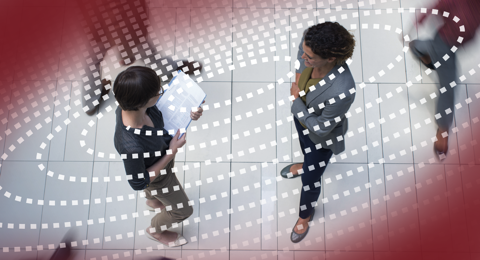
A New Generation of Decision-Makers
Sometimes you can’t do it all! If you’re playing catch up—and honestly, who isn’t?—this is for you.
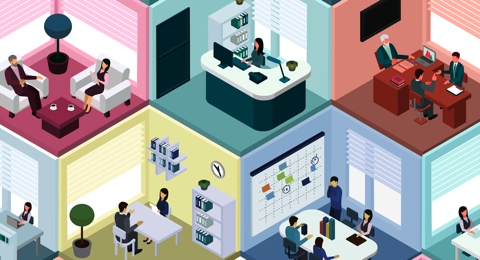
Telework Impact Shows Benefits on Global Economy
Economists around the world observe the long-term benefits of knowledge work finally taking place in the ether rather than the office.
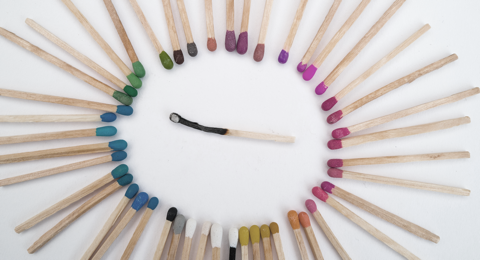
Feeling like part of a team helps prevent burnout
Yale Insights explores how team identity is critical to combating stress in an area that’s ground zero for burnout right now—healthcare.

TAMI Tenant Panel at Lehigh University
Webinar explored questions, solutions, and influences of tech and media companies on office space and policies, particularly for this post-pandemic transition.
Looking Ahead
There are plenty of learning opportunities coming your way, even if you’re not heading back to school. Here are some we recommend!


